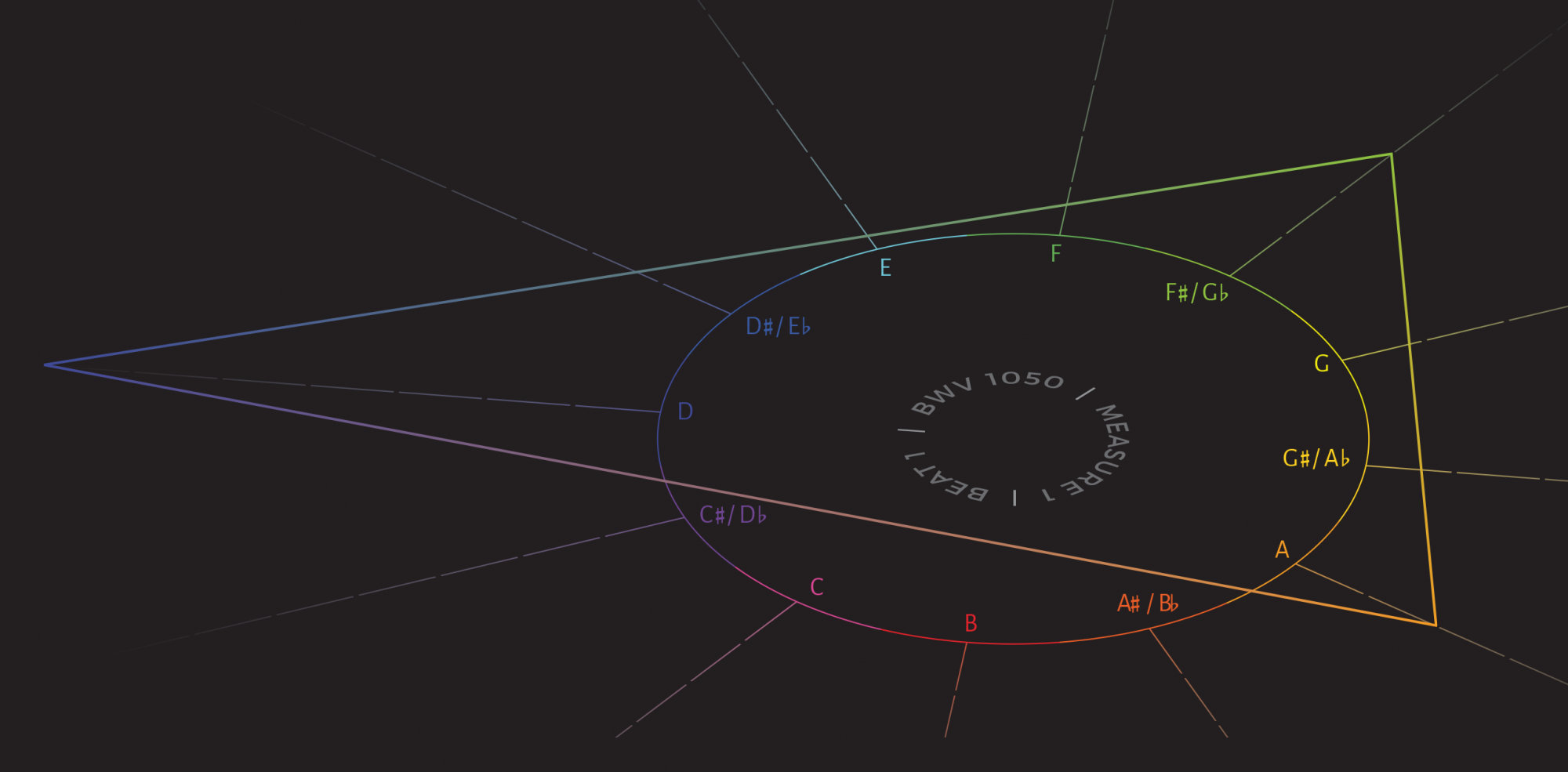The editors of Intégral are extremely pleased to introduce this exceptionally large and wide-ranging volume of our journal. The work of this volume spans several centuries, continents, and musics from vastly different styles, traditions, and repertoires. The five articles, two reviews, and thirteen analytical vignettes contained within this issue’s special symposium traverse territory from the earthbound to the cosmological, covering such disparate issues as narrative theory, film music studies, cyclic structures from both Schumanns to ’Are’are panpipe music, and much more. We are grateful to the veritable army of reviewers, authors, Intégral staff members, and typesetters without whom this volume and its exciting research would not have been possible.
The five full-length articles in this volume make significant contributions to many overlapping areas of existing scholarship. In an analysis of The Planets, Táhirih Motazedian and Scott Murphy argue that portrayals of the suite as depicting astrological or astronomical bodies incompletely capture the work’s program, proposing instead an interpretation wherein Gustav Holst composes a journey of escape from the bustle and anxieties of modern society. In an article that makes overlapping uses of the concept of space, Motazedian and Murphy recruit pitch-class set theory and proxemic indicators to set forth their reading of the piece.
Drew Nobile proposes narrative opposition between verse and chorus as an interpretive tool for understanding the Beatles’ approach to narrativity in verse-chorus songs. Nobile shows this narrative-structural type in four analyses of songs recorded between November 1966 and April 1967, while also demonstrating how narrative opposition differs markedly from standard verse-chorus forms of the late 1960s, in which choruses primarily act as a song’s narrative focal point.
Turning to a more recent popular repertoire, Brad Osborn describes hybridized rotational formal attributes of a genre he terms “Top-40 EDM.”1 Osborn argues that the primary functions of verse-chorus forms in pop music are creatively blended with the primary riser and drop functions of dance music in Billboard Top 40 hits since around 2011, and his analyses detail a variety of unique and highly ambiguous hybrid formal areas in this music.
In a wide-ranging article that combines both analytical and creative approaches, Gilad Rabinovitch uses the Rule of the Octave as an interpretive tool in understanding the harmony of Gabriel Fauré. Through a blend of analyses and recompositions, Rabinovitch explores pathways not taken by Fauré to more firmly grasp the composer’s idiosyncratic, ambiguous harmonic choices and ground them in a theory of nineteenth-century syntax.2
Finally, turning to linguistic matters in a much older repertoire, Derek Strykowski examines whether less-than-perfect cadence types are positively correlated with interrogative sentence endings in the madrigals of Sigismondo d’India. His statistical analysis of a substantial body of cadences and sentence endings shows that several important factors—including cadence type, degree of rhythmic perfection, and location within the madrigal—work together in complex ways to communicate interrogative sentence endings in these works.
We are also happy to provide reviews of two recent books in this volume: Olivia R. Lucas’s review of Musical Agency and the Social Listener by Cora Palfy and Gerardo Lopez’s review of The Art of Post-Tonal Analysis: Thirty-Three Graphic Music Analyses by Joseph N. Straus. As ever, we express our appreciation to Intégral’s staff and editorial board, to the many scholars who provided reviews for this volume’s submissions, and to you for your readership and support.
Derek J. Myler & David Falterman
Co-Editors

